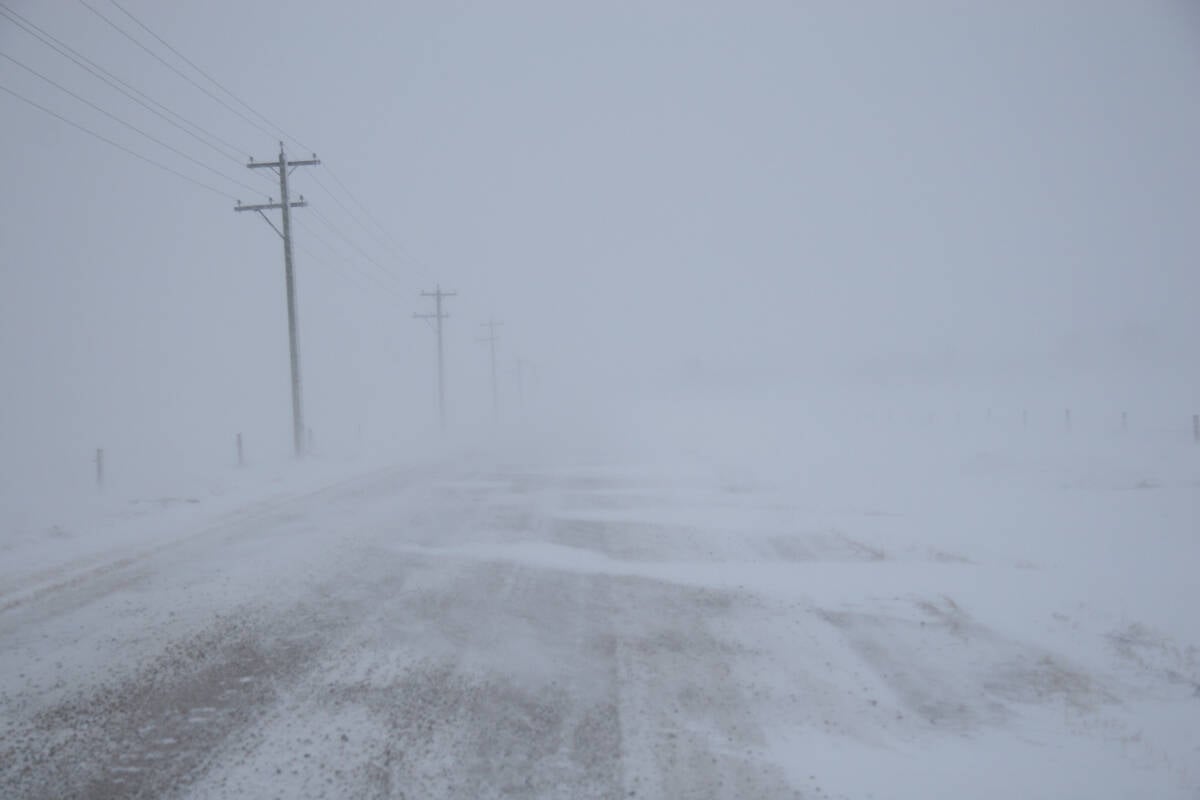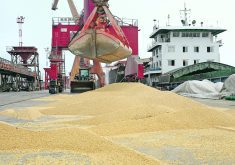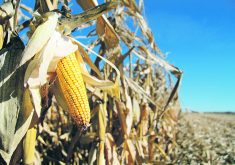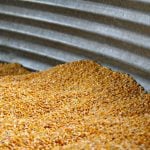More moisture needed | Some areas need more precipitation to get to average
KISSIMMEE, Fla. — Two recent snowstorms have delivered hope to U.S. winter wheat growers, but they still need more help from the skies.
“It hasn’t broken the drought, but it has made a big difference,” said DTN agricultural meteorologist Bryce Anderson.
“We saw the drought classifications improve by one full category across most of the southwestern plains, the Texas panhandle, western Oklahoma and western Kansas in just one week.”
The amount of moisture contained in the snow was unusual, especially for the Texas panhandle. Some areas of the country received up to 50 millimetres of moisture.
Read Also

Volatile temperatures expected for this winter
DTN is forecasting a lot of temperature variability in the Canadian Prairies this winter. Precipitation should be close to average.
“We had an email from one grower in Oklahoma who said that because of this snowfall he thinks he’s going to have a normal wheat crop,” Anderson said during an interview at the 2013 Commodity Classic.
“He wasn’t thinking about that two weeks ago. He was wondering, in fact, if he was going to have to disc up his wheat, plow it under and go to something else.”
Wheat that didn’t germinate in the fall will probably sprout and at least produce some seed.
“There is no question that yield prospects for wheat have improved,” said Anderson.
Growers are “considerably more optimistic” about their crop prospects, which will likely keep markets bearish until April when the market could become bullish again if it turns hot and dry.
Paul Penne is one grower who benefited greatly from the first storm, which brought heavy, wet snow to his parched land.
It had been a dry winter on his farm 80 kilometres north of Wichita, Kansas, so the 48 centimetres of snow that Penner has received in the past couple of weeks was a welcome reprieve.
“Right now the wheat is good,” he said.
He figures 10 to 20 mm of moisture are contained in the wet snow sitting in his fields.
Penner estimates his wheat now has the potential to yield 52 bushels per acre, which is about average on his farm.
However, timely rain throughout the growing season will be more important this year than past years.
Alan Tracy, president of U.S. Wheat Associates, said there’s no doubt the wet snow has improved wheat prospects in places like Texas, Oklahoma and Kansas.
“A much bigger share of the red winter belt now feels they have the opportunity for an adequate, somewhat historical middle-of-the-road crop when they were looking at the potential for a disaster,” he said.
“But there are still parts that need a lot more moisture to even get to average.”
Substantial portions of Colorado, Nebraska and northwestern Kansas missed out on the recent moisture.
“When Oklahoma got 12 inches (30 centimetres) of wet snow these guys got two inches (five cm) of dry snow.”
Tracy said it’s still up in the air whether the renewed optimism is justified.
















